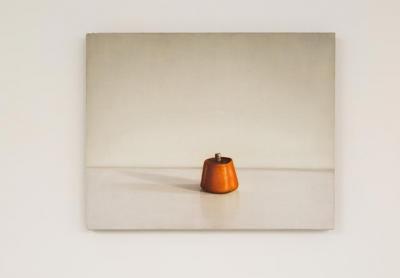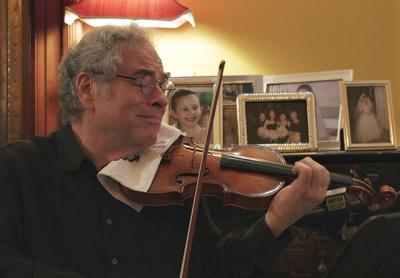Southampton's Harvest Fest Means Party Time With Atlas
Southampton's Harvest Fest Means Party Time With Atlas
The weekend-long Southamptonfest, which will keep the village hopping with concerts, food trucks, sidewalk sales, and art exhibitions, will kick off tomorrow evening at 6:30 with a party at the Southampton Cultural Center. The Nancy Atlas Project and Beau Hulse will provide the music. Tickets are $30 in advance, $40 at the door, and will include complimentary beer and wine from 6:30 till 8.



